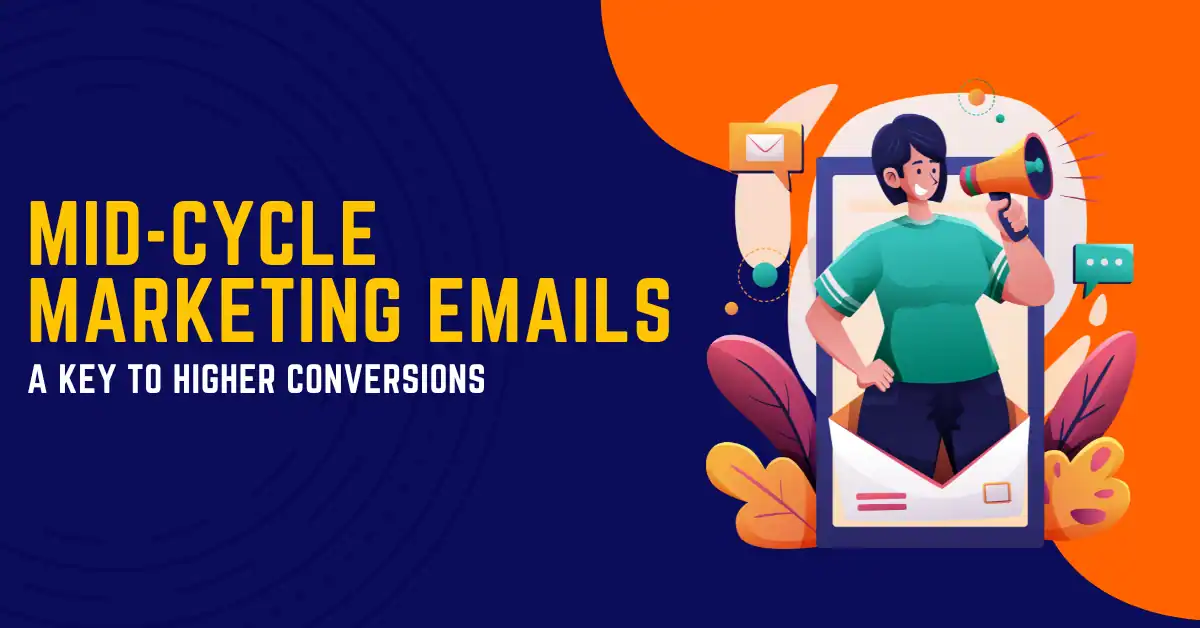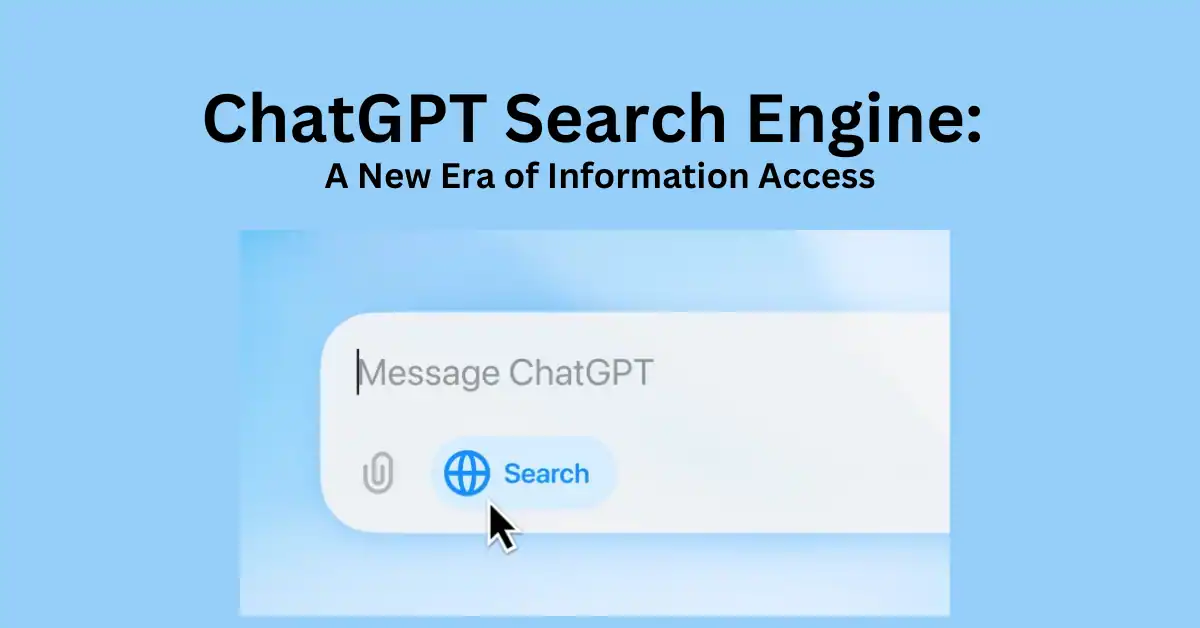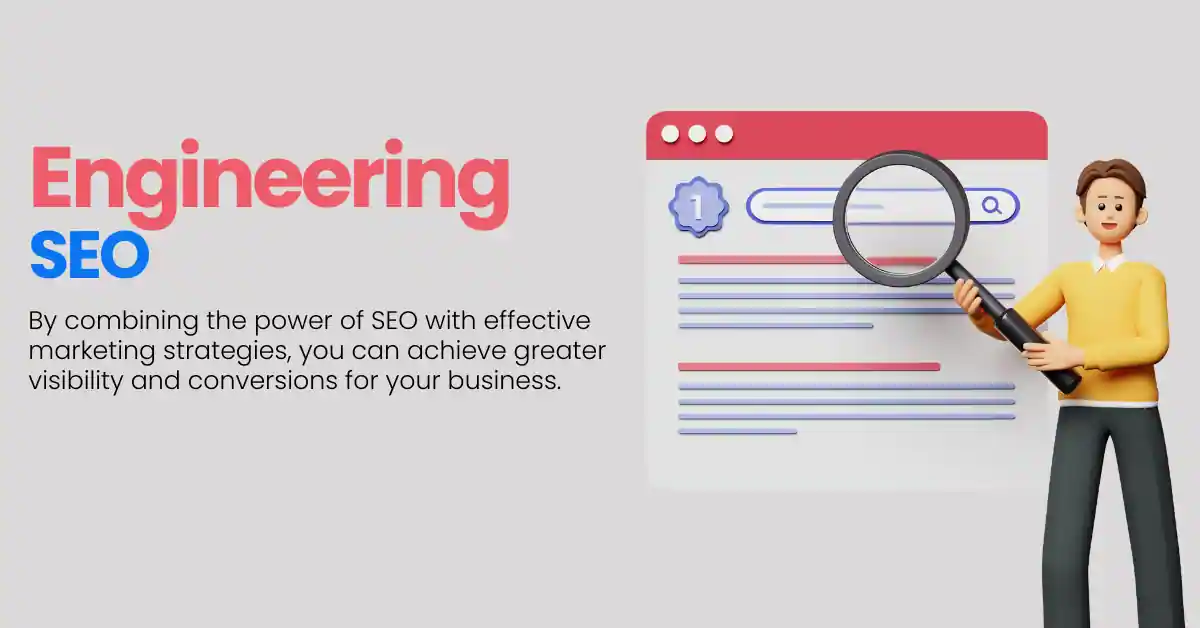Marketing is like a journey, and emails are the vehicles that help you connect with your customers along the way. One critical touchpoint in your email marketing journey is the mid-cycle email. But what exactly is it? Let’s dive in and break it down step by step.
Table of Contents
ToggleUnderstanding Mid-Cycle Marketing Emails
Before we define mid-cycle marketing emails, it’s important to understand the marketing campaign cycle. A typical campaign includes a beginning (when you first introduce your offer), a middle (when you nurture interest), and an end (when you close the sale or collect final responses).
What is a Mid-Cycle Marketing Email?
A mid-cycle marketing email is sent in the middle phase of your marketing campaign. It serves as a crucial follow-up email that keeps your audience engaged, nurtures leads, and reminds them of your offer before the campaign concludes. Think of it as a gentle nudge—a way to keep your product or service on top of your customer’s mind without being overly pushy.
Importance of Mid-Cycle Marketing Emails in Campaigns
Mid-cycle marketing emails are incredibly important because they bridge the gap between the initial outreach and the final call-to-action. Customers often need a reminder or additional information to make decisions. This type of email helps to:
- Re-engage leads who might have shown interest but haven’t taken action yet.
- Offer more value, such as additional resources, FAQs, or testimonials.
- Provide updates on your campaign, like exclusive discounts or time-limited offers.
By sending a mid-cycle email, you’re able to keep the momentum going and ensure your audience doesn’t forget about your campaign.
Benefits of Mid-Cycle Marketing Emails
So, why should you care about sending mid-cycle emails? Here are some of the key benefits:
- Increased Engagement: By providing additional touchpoints, you keep your brand in front of customers.
- Lead Nurturing: It gives you an opportunity to provide more value and address potential concerns.
- Higher Conversion Rates: Properly timed emails can push leads to take the final step in their buying journey.
- Improved Customer Relationships: Regular communication builds trust and shows customers that you care about their needs.
When to Send a Mid-Cycle Marketing Email?
Timing is everything in email marketing. The key to sending an effective mid-cycle marketing email is to send it when your audience needs a little nudge. Typically, this email should be sent halfway through your campaign or when engagement begins to taper off.
For instance, if you’re running a two-week promotional campaign, consider sending your mid-cycle email on day 7. However, if it’s a longer campaign, you might want to monitor audience behavior and send the email when engagement drops.
Components of an Effective Mid-Cycle Marketing Email
Creating a mid-cycle marketing email requires strategic planning. Here are the main components you need to focus on:
Subject Line: Grabbing Attention
The subject line is the first thing your recipient sees, and it determines whether they’ll open the email. Make it catchy and relevant to your audience. Try using action words like “Don’t Miss Out” or “Still Thinking?” to draw attention.
Body Copy: Engaging Content
Your body copy needs to be engaging, concise, and focused on your audience’s needs. Provide valuable content that addresses their pain points or offers more details about your product or service. You can also share testimonials or case studies to build trust.
Call-to-Action (CTA): Driving Engagement
Every email should have a clear call-to-action (CTA). Whether it’s “Shop Now,” “Learn More,” or “Claim Your Offer,” make sure the CTA stands out and leads the recipient to take the desired action.
How to Personalize Your Mid-Cycle Emails
Personalization is key to success in email marketing. Address your audience by name, reference their past behaviors (like their browsing history), and tailor the content to their specific needs. This makes the email feel more relevant and increases the chances of conversion.
Common Mistakes to Avoid with Mid-Cycle Marketing Emails
While mid-cycle marketing emails are powerful, there are some common mistakes you should avoid:
- Being Too Salesy: Don’t come off as too pushy. Focus on providing value rather than just selling.
- Ignoring Segmentation: Sending the same email to everyone isn’t effective. Segment your audience for better results.
- Overloading Information: Keep the email concise and to the point. Too much information can overwhelm the reader.
Best Practices for Crafting Mid-Cycle Marketing Emails
Want to craft the perfect mid-cycle email? Follow these best practices:
- Keep it brief but informative.
- Use visuals like images or GIFs to make the email more engaging.
- Test subject lines to see what resonates with your audience.
- Use a clear CTA and make sure it’s easy to find.
- Monitor performance and adjust your approach based on open rates, click-through rates, and conversions.
Examples of Successful Mid-Cycle Marketing Emails
Here are a couple of examples to inspire your next mid-cycle marketing email:
- E-commerce Brand: A clothing brand sends a mid-cycle email highlighting customer reviews and offering an exclusive discount code to encourage conversions.
- SaaS Company: A software company sends a reminder to trial users about how much time they have left and shares success stories of how the software helped other users solve their pain points.
Conclusion
Mid-cycle marketing emails are a vital part of any email campaign. They help maintain momentum, nurture leads, and drive engagement right when your audience might start to lose interest. By strategically planning your mid-cycle emails, using personalization, and providing value, you can boost your campaign’s effectiveness and keep your audience engaged from start to finish.
FAQs
Q: What is the purpose of a mid-cycle marketing email?
The purpose of a mid-cycle marketing email is to re-engage your audience during the middle phase of a marketing campaign and nurture leads toward conversion.
Q: How often should I send mid-cycle marketing emails?
You should send mid-cycle emails based on the length of your campaign, but typically one or two well-timed emails in the middle of the campaign work best.
Q: Can mid-cycle emails be used for all types of marketing campaigns?
Yes, mid-cycle emails can be used in various campaigns, from product launches to sales promotions and event marketing.
Q: What makes a mid-cycle marketing email effective?
An effective mid-cycle email has a compelling subject line, personalized content, and a strong call-to-action that drives the reader to engage.
Q: Should I include offers in my mid-cycle marketing email?
Including exclusive offers or time-sensitive deals can be a great way to encourage action, but it’s important to balance value with promotion.






